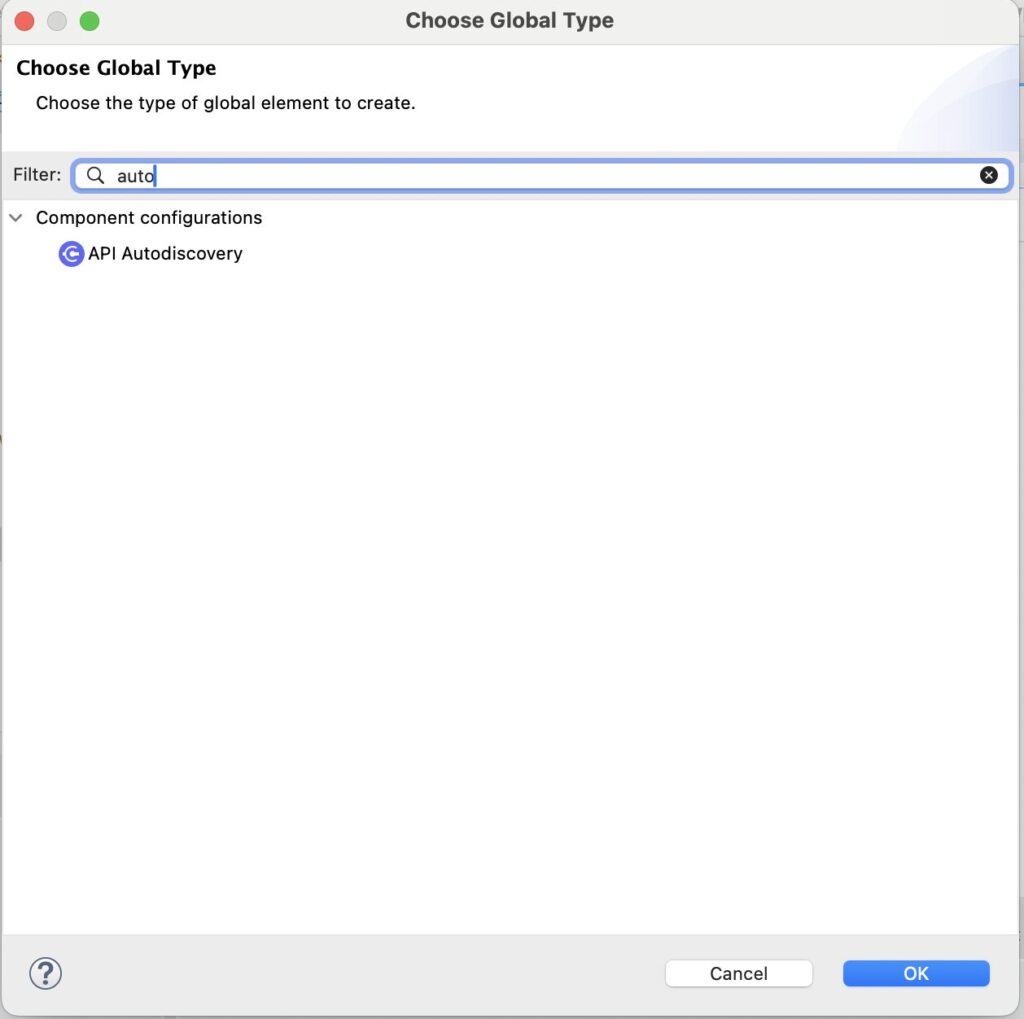TL;DR
API Auto discovery in Mule 4 is a feature provided by MuleSoft's Anypoint Platform that simplifies the management, monitoring, and governance of APIs. It automates the connection between your deployed Mule applications and APIs defined in the Anypoint Platform's API Manager. This automation helps developers avoid manual configuration, ensures policies are consistently enforced, and provides real-time analytics and monitoring insights.

What is API Auto discovery?
API Auto discovery is a mechanism that allows Mule applications to automatically connect with API Manager. Once configured, your application becomes “paired” or “tracked” by API Manager, it will start showing status as Active, meaning it can automatically download policies, apply security settings, and send analytics data back to the platform.
How API Auto discovery Works
The linking between your Mule application and the API Manager is achieved through an element called api-gateway:autodiscovery. This element must be configured within your Mule application and explicitly points to a specific API instance in the Anypoint Platform’s API Manager using an identifier known as the “API Instance ID“
Here’s a simplified explanation of how this linking works:
API Definition:
First, you define or import your API into the Anypoint Platform’s API Manager. Once imported, API Manager generates a unique identifier called the API Instance ID, which is a (ID uniquely identifies your API, use this value to enable API management capabilities in your Mule application)

Configuring Autodiscovery Element:
In your Mule application (typically configured via Anypoint Studio), you add the api-gateway:autodiscovery element. To do this, you can go to any xml in your mule application, Global Elements>Create>API Autodiscovery.
This XML element includes two key attributes:
apiId: The unique identifier (API ID) copied from API Manager or you can configure it as ${apiInstanceId} to pass it from runtime manager properties.flowRef: The reference to the flow in your Mule application that handles incoming requests. This is your main flow that Mule platform will route traffic to. You should select your main flow that has HTTP listener usually.
<code><strong><api-gateway:autodiscovery apiId="${apiInstanceId}" flowRef="myFlow" /></strong><br></code>Deployment and Linking:
When you deploy your Mule application, the Mule runtime engine uses api-gateway:autodiscovery element to communicate with API Manager. Upon deployment:
The runtime agent communicates with API Manager using the provided API Instance ID.
API Manager recognizes this ID and links (or pairs) your Mule application to the corresponding API definition.
Once linked successfully, an indicator (usually a green dot) appears in the API Manager interface and “API Status as ACTIVE”, signifying that your application’s API is now “tracked by” or “paired to” the platform.

Endpoint Types: Proxy vs Basic
When configuring APIs in Anypoint Platform’s API Manager, you have two endpoint options:
- Proxy Endpoint: If you choose this option, an autogenerated proxy application is created automatically with autodiscovery pre-configured. This allows for quick deployment and easier management
- Basic Endpoint: Requires manual configuration of autodiscovery within your Mule application.
Benefits of Using API Autodiscovery
- Centralized Management: Easily manage policies (such as rate limiting or OAuth security) from one central location.
- Enhanced Security: Security policies are consistently enforced across all environments.
- Real-time Analytics: Provides insights into performance metrics and usage patterns.
- Operational Efficiency: Reduces manual errors through automation of policy enforcement and analytics collection.
- Developer Productivity: Developers can focus on building APIs rather than manually configuring connections between applications and the platform.
Steps to configure Auto discovery in detail
Here is a simplified step-by-step guide:
- Create or Import Your API on Anypoint Platform:
- Log into Anypoint Platform.
- Navigate to “API Manager”.
- Click “Add New API”, select “Mule Gateway“, choose or create your API definition, then save it, you should see an api created in your api manager with API Status as Unregistered
- After saving, copy the generated “API Instance ID“
- Configure Mule Application in Anypoint Studio:
- Open your Mule project in Anypoint Studio.Add
api-gateway:autodiscoveryelement withapiIdset to copied instance ID from previous stepYou should have similar xml tag below being added to your application xml.
<api-gateway:autodiscovery apiId="${apiId}" flowRef="mainFlow"/> - Open your Mule project in Anypoint Studio.Add
- Deploy Your Application:
- Deploy your Mule application (via CloudHub or other deployment targets).
- Once deployed successfully, Mule runtime communicates with Anypoint Platform using provided credentials and links the deployed app to its corresponding entry in API Manager
- Verification:
After successful deployment and linking, check in API Manager—your application’s status changes from “Unregistered” to “Active,” indicated by a green dot next to it.
Changes from Previous Versions (Mule 3.x vs Mule 4)
In earlier versions (Mule 3.x), autodiscovery used attributes like apiName and apiVersion. In Mule 4, these have been replaced by a simpler approach using just one identifier (apiId) which directly references an existing flow containing HTTP listeners.
Conclusion
API Auto discovery in Mule 4 significantly simplifies managing APIs by automating their connection with Anypoint Platform’s centralized management system. It ensures consistent policy enforcement, real-time monitoring, improved security compliance, and increased developer productivity through reduced manual efforts.
Please drop a comment or feel free to comment about the article and improvements to the content.
We are always looking for contributors to the blog, Please contact us using contact us
